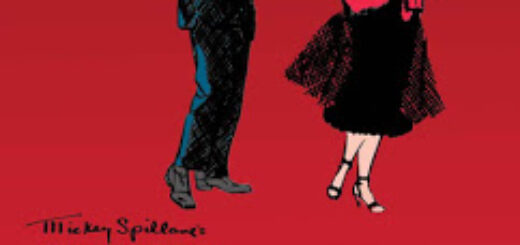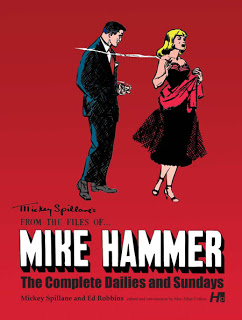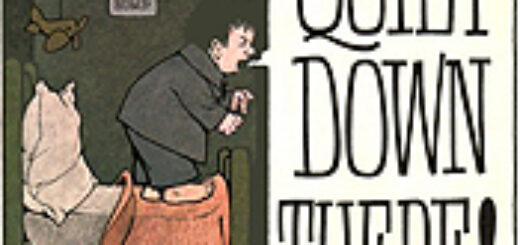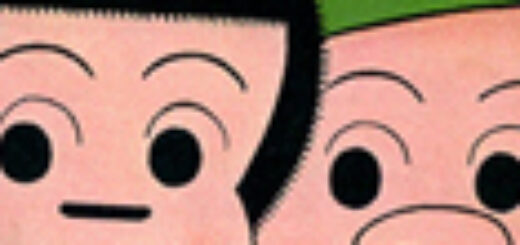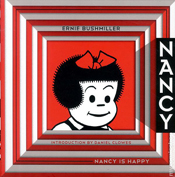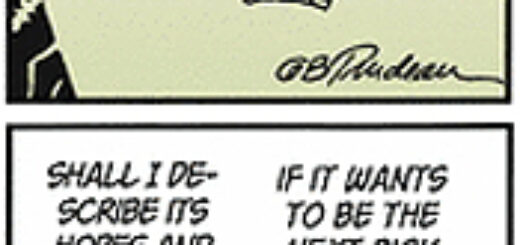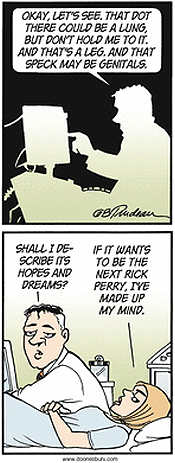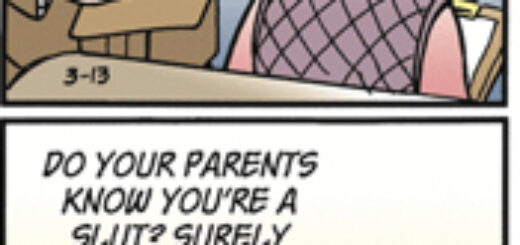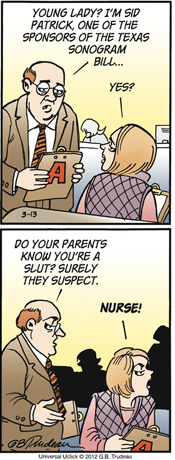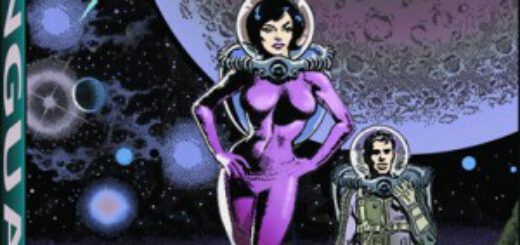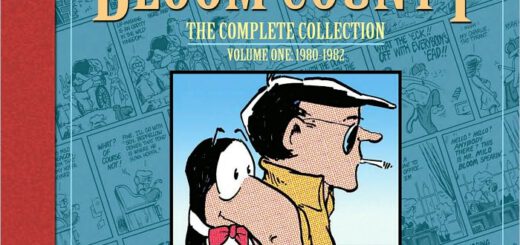Big Bang Comics and Pulp 2.0 Press Announce New Digital-First Comic Strip
Featuring Knight Watchman at C2E2
Veteran Warren and Shazam Award winning writer Steve Skeates on board the
Sunday comic strip-style webcomic with Knight Watchman creator Chris Ecker
At C2E2: Pulp 2.0 Press MPB (Mad Pulp Bastard) Bill Cunningham joined Big Bang co-creator Chris Ecker in announcing a new, color Knight Watchman serialized comic strip story that will feature the storytelling of Shazam Award-winning comic book legend Steve Skeates (The Spectre, Hawk and Dove, Aquaman, Pantha). This new, digital-first weekly comic strip marks the return of not only Skeates, but of the Knight Watchman to eager comic fans.
“Chris has been itching to get back to the drawing board, and continue telling the adventures of the Knight Watchman, Kid Galahad and the rest of the characters who haunt Midway City,” said Cunningham. “While Chris, Gary Carlson and I have had many discussions on taking the Big Bang brand to different media, it was Chris who went out and contacted Steve Skeates and got him on board to do a Sunday “newspaper comic strip” for the web. All the credit belongs to him. I’m just here to make sure it’s realized, and gets into the hands of Big Bang and comic strip fans worldwide.”
“Big Bang Comics has a tradition of working with our veteran comics creators like Marty Nodell, Shelly Moldoff and others. I’m really pleased to have Steve join our ranks and work with him to tell rip-roarin’ adventure stories,” said artist Chris Ecker. “This Sunday newspaper style strip is a new idea for us, but I think it fits in well with the type of stories we want to tell – Golden age stories for kids of all ages. A Sunday strip gives us the chance to reach out to the audience, and let them know what Big Bang and Pulp 2.0 is all about. ”
“I am excited about launching our first digital comic, especially in this strip format which will utilize the “widescreen look” provided by computer and tablet screens, exactly like reading the Sunday Funnies“ said Cunningham. “We’re doing it a bit “old school,” but that’s been part of our tradition from the beginning, bringing the classic “pulp” into tomorrow as quickly and inexpensively as possible so people can enjoy it. Then we’ll collect the color webcomic for print, and add even more value for our readers.”
The weekly comic strip is set to debut in August 2012, to coincide with Pulp 2.0’s release of the first and second volumes of its Big Bang Comics Collection series of books, featuring the classic Knight Watchman comics stories originally published by Image Comics plus bonus features. Artists and writers featured in these stories include: Terry Beatty, Jeff Austin, Jim Brozman, Howard Bender, Randy Buccini, Joe Shannon Denton, Frank Fosco, Paul Frike, Darren Goodhart, John Livesay:, Tony Manginelli: Mike Matthew , Christopher Page, Dan Preece, Ed Quinby, Stuart Sayger, Bill Shelley, Andrew Sheppard, Bob Steve, Frank Squillace, Tim Stiles, Taylor, Ben Torres, John Thompson, Patrick Tuller, Nigel Tully, Shawn Van Briesen, Mike Worley, and Dave Zimmermann.
For more information, or to arrange an interview contact:
Bill Cunningham, MPB
Pulp 2.0 Press
newpulpmedia@gmail.com
323.662.2508
www.pulp2ohpress.com
Facebook: www.facebook.com/pulp2ohpress
Twitter: @madpulpbastard

